Who is Neuralink’s first ever human trial patient? Former athlete Noland Arbaugh, 29, was left paralyzed after a diving accident at a children’s camp eight years ago
A paralyzed man has been able to play a game of chess using only his mind thanks to a brain chip created by Elon Musk’s Neuralink company.
The device, sewn into Noland Arbaugh’s brain, allows him to control a computer cursor and play video games just by thinking.
‘Do you see that cursor on the screen? That’s all me… it’s all brainpower,” said the beaming 29-year-old as he controlled the computer from his wheelchair.
The chip’s recent success is an incredible development and has strengthened the belief among experts that the technology could revolutionize care for the disabled.
But who is the man from Arizona who successfully used the brain-computer interface (BCI)? Dailymail.com takes a look at Noland Arbaugh, Neuralink’s first-ever human subject.
Noland Arbaugh (pictured), 29, who lost feeling from his shoulders down, moved a cursor just by thinking
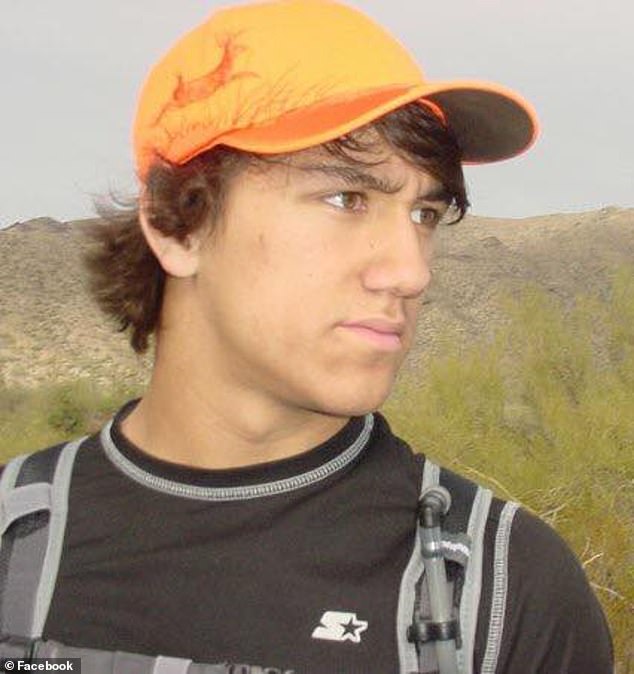
But who is the former athlete? Dailymail.com takes a look at Neuralink’s first-ever human trace patient Noland Arbaugh (photo)
Who is Noland Arbaugh?
Noland Arbaugh is the first human test patient to have Neuralink’s chip inserted into his brain.
In January 2024, the former Christian athlete had the brain-computer interface (BCI) sewn into the brain by a ‘sewing machine-like’ robot.
Arbaugh claimed that the 30-minute procedure, in which the “sewing robot” removed a small piece of skull, was “super easy” and that there was “nothing to be afraid of.”
In June 2016, the former Texas A&M Corps of Cadets suffered a life-altering driving accident while working as a camp counselor.
As a result, the 29-year-old was left paralyzed and had ‘absolutely no feeling’ from the shoulders down.
Eleven months after his incident, family and friends rallied around the young man and organized a fundraiser for a wheelchair-accessible van.
Although the former student at Texas A&M University received a lot of support, he struggled with “his lack of mobility,” according to his GoFundMe page.
Due to his spinal cord injury, the young man must be transported in a ‘large’ electric wheelchair, making it difficult for him to travel to medical appointments.
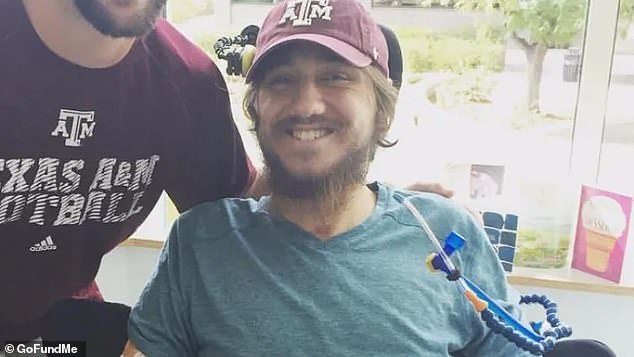
The former Texas A&M University student was paralyzed from the shoulders down after a driving accident while working at a camp (photo: Noland)

The ex-Christian athlete struggled with his ‘lack of mobility’ after the accident, as his friends and family rallied around him with support (photo on the bed: Noland)
In an effort to raise money for the much-needed vehicle, Arbaugh’s family sold red bracelets emblazoned with #NolandStrong.
Ultimately, his supporters exceeded their $10,000 goal, allowing them to purchase the game-changing van in June 2017.
Mia Nealy thanked Arbaugh’s supporters as the van arrived, writing on behalf of his family, “This is a huge milestone for Noland and his family.
‘However, Noland still has a long way to go and still needs a lot of specialized equipment for everyday life.’
The former camp counselor, who enjoyed playing chess before his accident, was thrilled in the breathtaking video posted by Neuralink on March 21, 2024.
Sitting next to Neuralink engineer Bliss Chapman as he played the game, he said, “This is one of the things you guys have enabled me to do…”
He compared his newfound ability to move devices with his mind to “The Force” from Star Wars, adding, “I haven’t really been able to do much in recent years.”
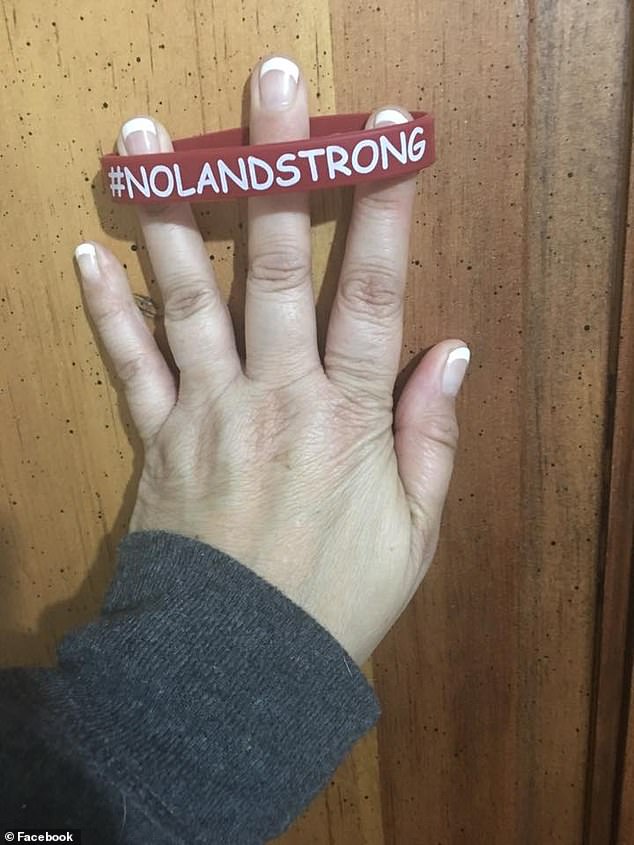
In an effort to raise $10,000 for a much-needed van, his supporters took to GoFundMe and sold red bracelets (pictured) with #NolandStrong
How does the Neuralink chip work?
The brain is packed with cells called neurons that send messages to other parts of our body, including our nerves and muscles.
The chip is placed in a part of the brain that controls our intention to move and can read these signals via electrodes.
Once received by the Neuralink chip, these messages are then translated into motor controls that have the ability to control external devices such as smartphones, computers or even muscle movements.
To apply the technology, a ‘sewing machine-like’ robot implants a computer chip with small flexible wires in the brain.
During the 30-minute procedure, the ‘sewing robot’ removes a small piece of the skull and attaches the wire-like electrodes to certain parts of the brain.
After this, the hole is sewn closed and the only visible scar left is from the tiny incision.
According to Musk, the operation does not require general anesthesia and patients can return home the same day.
The stunning technological development comes just a month after Elon Musk declared the first chip had been implanted in a human.
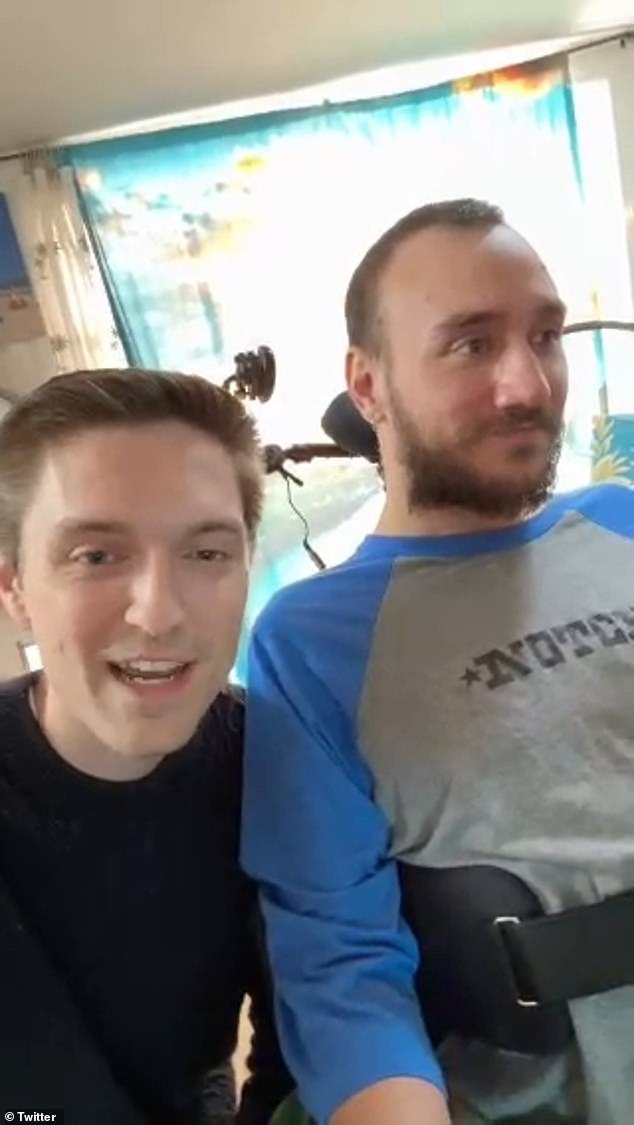
The chip is seeded with small flexible wires into a part of the brain that controls our intention to move (from left to right: Neuralink engineer Bliss Chapman and Noland)
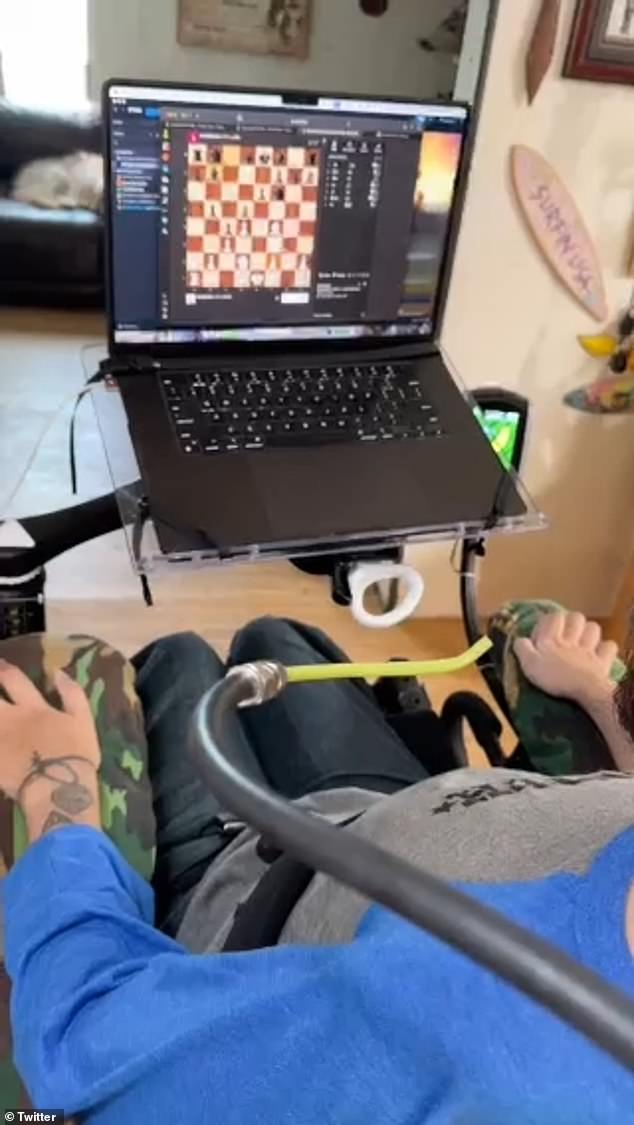
Noland was ecstatic in the breathtaking clip, expressing how much he loved chess before his accident, adding: ‘I haven’t really been able to do much in the last few years’
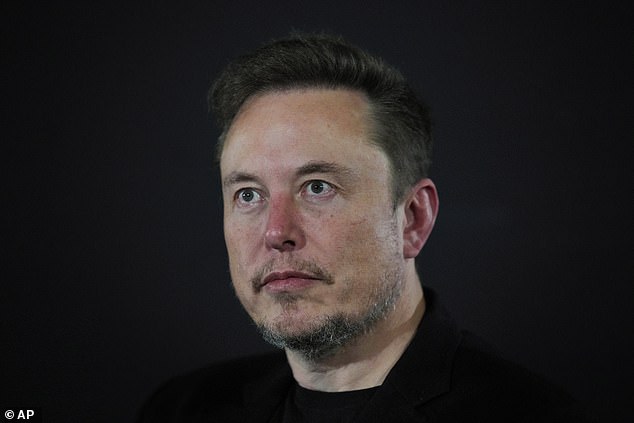
Elon Musk (pictured), founder of Neuralink, claimed a month earlier that the chip would allow patients to control a mouse with their thoughts
Musk said at the time that the first human patient would eventually be able to control a mouse using his mind alone.
Speaking at a Spaces event on
More recently, Musk reposted Arbaugh’s stunning footage, describing his actions as “telepathy.”
He wrote in the caption, “Livestream from Neuralink demonstrating ‘Telepathy’: controlling a computer and playing video games just by thinking.”
